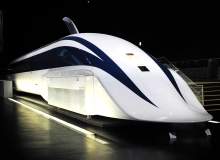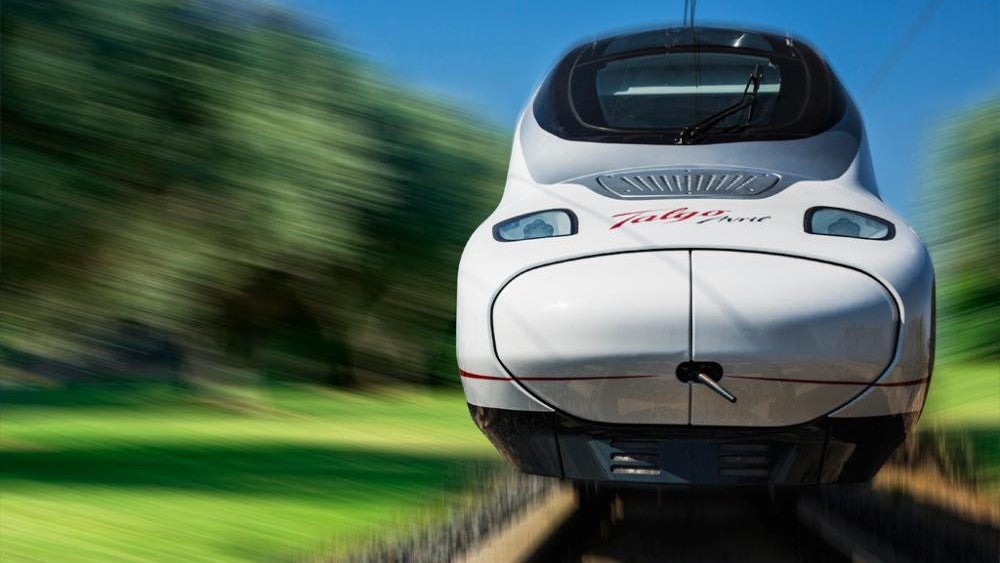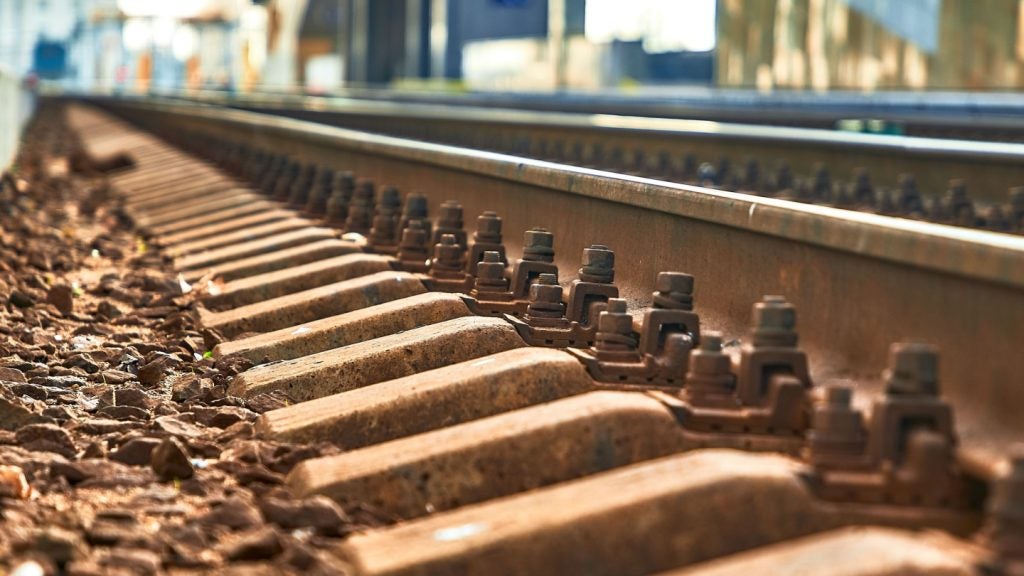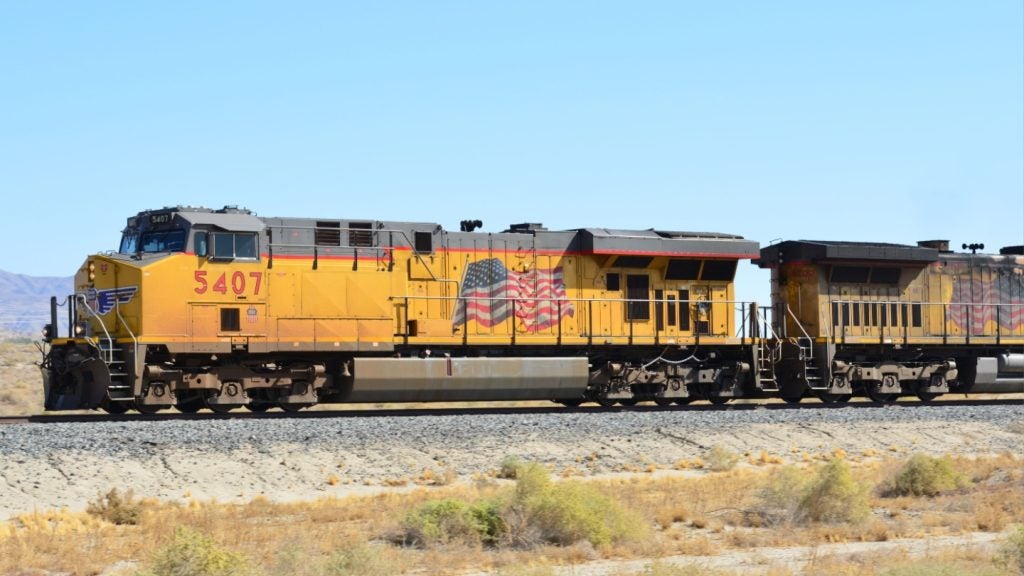

In contrast to the likes of Spain, China and Germany, high-speed rail (HSR) has thus far received little support in the US, where a host of factors – economic, political and cultural – have held back any attempts to bring modern rail technology to the regional transport market. In fact, such is the strength of anti-HSR sentiment among some state governments that several states, including Florida, Wisconsin and Ohio, have actually rejected federal funds for HSR development.
California’s high-speed project, meanwhile, has kicked off preparatory work for a line that is eventually intended to stretch from San Francisco to San Diego via Los Angeles. But even the country’s most advanced high-speed initiative faces an uphill struggle to reach anything resembling completion, with Republicans in Congress seemingly dedicated to blocking any federal funding and legal challenges threatening its legitimacy or even legality in the eyes of the public.
Northeast Corridor: the struggle for speed
The Northeast Corridor (NEC), the busy stretch of track that serves the economically and politically important cities of Washington DC, Philadelphia, New York and Boston, hosts the closest thing the US has to a high-speed line in the form of Amtrak’s Acela Express service.
But even at its top speed of 150mph, Acela barely qualifies for the HSR designation (the definition of which, admittedly, changes from place to place). And that speed is only achieved on a relatively short stretch of the line; dramatically lower speeds in other regions due to a twisting route, ageing infrastructure and having to share tracks with slower services mean that Acela’s average speed between Philadelphia and Boston is just 64mph.
See Also:
With ground finally broken, does California high-speed have a realistic chance of success?
How well do you really know your competitors?
Access the most comprehensive Company Profiles on the market, powered by GlobalData. Save hours of research. Gain competitive edge.

Thank you!
Your download email will arrive shortly
Not ready to buy yet? Download a free sample
We are confident about the unique quality of our Company Profiles. However, we want you to make the most beneficial decision for your business, so we offer a free sample that you can download by submitting the below form
By GlobalDataAmtrak unveiled a long-term plan in 2012 to gradually upgrade the NEC to a true high-speed system. At an eye-watering estimated cost of $151bn, the proposal aims to bring 220mph trains between Washington DC and New York by 2030, with an extension from New York to Boston by 2040. This grand vision is hampered by an almost total void of Congressional confidence in the endeavour, and the lack of multi-year funding creates an uncertain financial framework that means NEC upgrades have to be carried out incrementally. "We do it a piece at a time," said Amtrak’s president Joe Boardman in March. "I do what I can do, but I don’t sit back and wait for $15bn to rebuild the Northeast Corridor."
Japan’s maglev tech
So far, so pessimistic for America’s high-speed future, then, as Amtrak and the NEC continue to struggle in the face of a system that is currently unwilling or unable to commit to a proper overhaul.
At the tail end of 2013, however, conversation around another high-speed option for the NEC started to pick up steam. The technological basis for the new proposal came across the Pacific from Japan, a country renowned for its high-speed prowess and its innovation in the field of magnetic levitation (maglev) technology at the cutting-edge of high-speed transport.
Japan is committing to maglev in a big way. After years of testing, the government is now betting big on the new Chuo Shinkansen line connecting the capital Tokyo with Osaka, more than 300 miles away. The first section between Tokyo and Nagoya is due for completion in 2027, with the Osaka branch following in 2045.
The system’s superconducting maglev technology involves the train actually floating several inches above the guideway once it hits around 90mph, held in place by superconducting magnets. This ensures a safe, smooth ride even at extreme speeds; upon completion, Chuo Shinkansen will zip travellers from Tokyo to Osaka in just 67 minutes, travelling at a blistering top speed of 313mph.
Sweetening the deal: Japan’s maglev pitch
Now that Japan’s maglev line is officially on the books, the government is looking to open up new revenue streams by export the technology abroad, and the congested NEC is its first target.
Japanese Prime Minister Shinzo Abe made his pitch to President Obama in February 2013, following up with a public challenge of America’s drive/fly status quo during a September speech at the New York Stock Exchange. "Making use of [maglev] technology would connect New York and Washington DC in less than an hour," Abe said. "It would free people from the congested roads that frazzle their nerves while saving not only 443,000 gallons of gasoline but also 682,000 hours of time that are now wasted annually. Compared to airplanes and automobiles, it would save time while cutting carbon dioxide emissions. It is truly a dream technology."
Making the trip from Washington to New York in less than 60 minutes certainly seems like a dream when compared with Acela’s current best effort of just under three hours. The point is also being made in Japan, where former New York governor George Pataki and US ambassador to Japan Caroline Kennedy joined an American delegation that took part in a special test-ride of Japan’s maglev line in April this year. "I hope that Ambassador Kennedy will convey her experience to President Obama," Abe quipped after Kennedy expressed her astonishment at the speed and smoothness of the ride.
Japan’s maglev pitch doesn’t end with PR events and polite lobbying, however. Abe’s administration is prepared to put its money where its mouth is, in the form of serious technical and financial aid if the US decides to go ahead with the project. For a start, JR Central, the railway company in charge of the Chuo Shinkansen, would provide the necessary maglev guideway and propulsion system free of charge for the proposed first section of the NEC maglev line between Washington and Baltimore. Given the technology in question is worth around $5bn, the offer to get the ball rolling is a generous one.
What’s more, the Japan Bank for International Cooperation (JBIC), the country’s overseas investment bank, has agreed to chip in with additional funding to help cover construction costs; while the project is still too theoretical to merit an actual figure from the bank, it’s been speculated that this offer could add another $5bn to the US maglev pot.
Maglev’s influential US supporters
The export of technology, from consumer gadgets up to nuclear reactors, has been a cornerstone of the Japanese economy for decades, and the country’s enthusiasm for introducing maglev to the NEC is a reflection of its need to drive growth. In fact, Japan’s government has been working to sell maglev to the US for years, with JR Central announcing its initial strategy to enter foreign markets back in early 2010.
India’s rail industry has suffered from decades of low investment and a long-term policy of subsidised fares.
Despite Japan’s eagerness to export driving its generous terms, completing even the first Baltimore – Washington section of an NEC maglev line would still require "a major undertaking from the US if it is to become a reality", as JBIC’s senior managing director Tadashi Maeda told Fortune in February. It’s a commitment that the US has so far been unwilling to make, so the project will need influential American supporters to bring any chance of success.
Washington-based The Northeast Maglev (TNEM) is the company established in the US to push for Japan’s maglev technology in the NEC, and it has gathered an impressive cast of advocates on its advisory board, including former governors of Pennsylvania, New Jersey and New York, as well as two former US transportation secretaries and a one-time Senate majority leader. The involvement of significant political figures, not to mention a proactive company based close to the federal government, should give the initiative a major boost in lobbying power.
"Led by former Senate Majority Leader Tom Daschle, the bipartisan board will work with policymakers, elected officials, regulators, media and the public to better inform them of the potential transformation of the Northeast Corridor that could occur by deploying a 311 mph train," said TNEM chairman and CEO Wayne Rogers when the board was assembled in November 2013.
Still a long shot
Despite everything the project has going for it, it’s impossible to escape the feeling that the US is not ready for maglev. TNEM has been frank enough to admit that Japanese aid and private investment – of which it has gathered around $50m so far – will only go so far for a project that will likely cost at least $10bn for its first phase alone. The gap will have to be filled, one way or another, with public money, and the issue of high-speed rail appears to have been divided down fiercely partisan lines in the US government, with many Republicans opposed to even the principle of using taxpayer dollars for large-scale public transport projects.
Add to this central dilemma a host of other problems – the fact that Amtrak is running a competing NEC high-speed plan, public credibility issues surrounding the maglev concept, the tricky economics of making a costly line profitable in the long-term – and the outlook for high-speed in general, let alone a challenging concept like maglev, becomes increasingly tangled.
Others have reasonably argued that transport investment should be more evenly distributed to improve the base level of US rail transport, rather than spending billions on a line that many Americans will never use. "The maglev would only confirm suspicions that mass transit investment redistributes taxpayer dollars to toys for city-dwellers, a bias that has helped turn public transportation into a hotly contested partisan issue," wrote Aviva Shen on US political blog ThinkProgress. "Without broadening train use all over the country, mass transit innovation won’t be a priority for most Americans."
"We’ve talked about infrastructure in the abstract for too long," Robert J. Puentes, director of US think tank the Brookings Institution’s Metropolitan Infrastructure Initiative told the Washington Post in April. A project like high-speed maglev for the NEC could herald a return to a time when the US wasn’t scared to commit to major public infrastructure projects, and indeed took pride in the big things it built for its people. But until America’s cultural mindset begins to shift and its intractably divided political system agrees that the long-term benefits of better public infrastructure outweighs the short-term costs, it seems likely that the country will continue to run 20th century trains in a 21st century world.


.gif)





